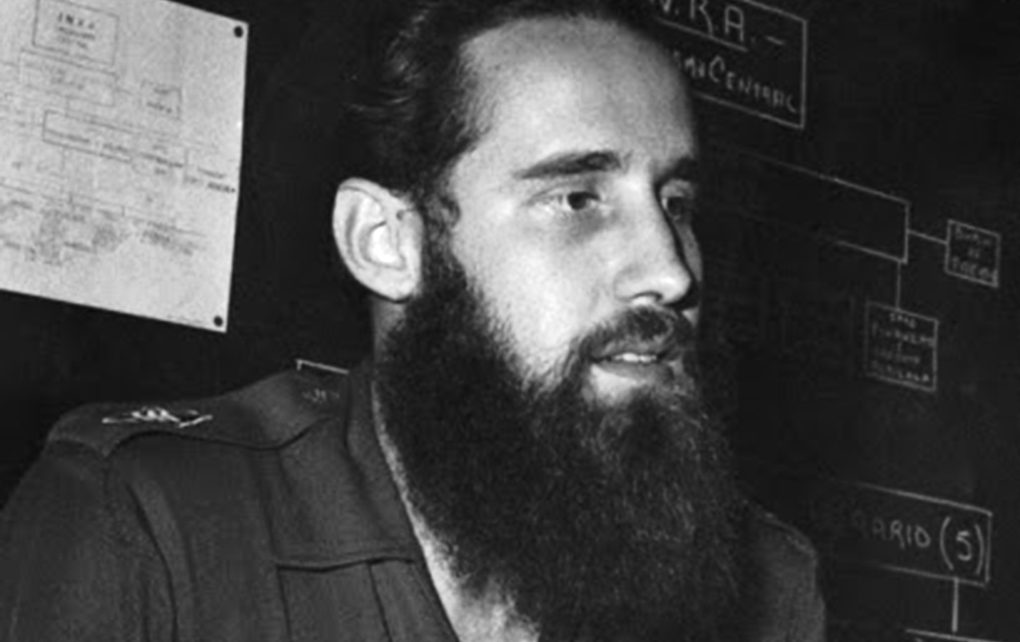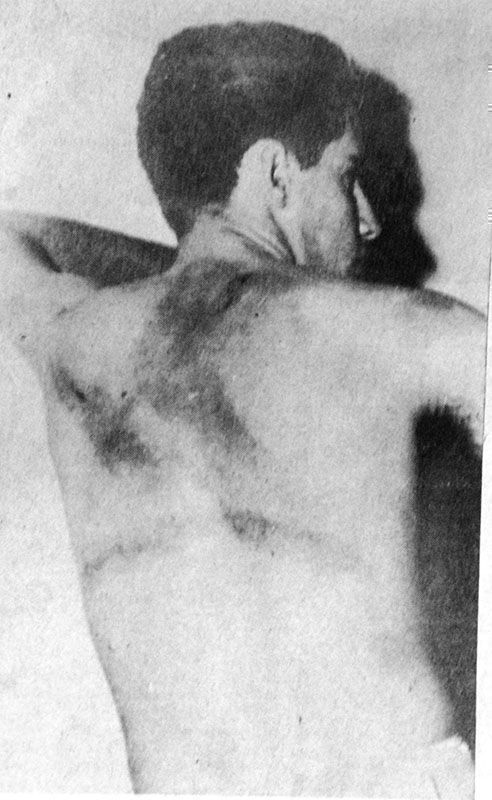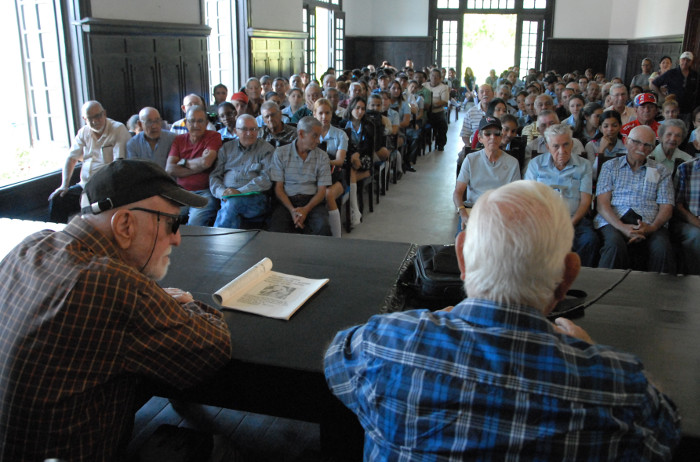
May 2025. Antonio Massía's voice falters emotionally as he recounts passages that united him with Jesús Suárez Gayol in revolutionary student actions against the Batista dictatorship, organized from the Secondary Education Institute, now Álvaro Morell Álvarez senior high school.
On May 24, 1954, at the suggestion of another fellow student from the school, Orlando Basulto, then head of the Student Association, Gayol unanimously assumed the reins of the collective, amidst a complex scenario of open defiance to the ruling regime.
Massía, 88 years old and a resident of Camagüey, says he first met Gayol at the Pías School, but that he became known, in a remarkable way, on the day of the symbolic burial of Rubén Batista, a 22-year-old architecture student at the University of Havana, who was mortally wounded on January 15, 1953, and died on February 13.
Both Gayol and another companion were severely beaten by the henchmen, who used the painful "whips" to beat their victims.

The personal influence for his courage extended beyond the walls of the school, reaching the Professional School of Commerce and the institutes of Ciego de Ávila and Morón, to the point that José Antonio Echevarría, leader of the University Student Federation, learned of his example.
“Between 1953 and May and June 1956, Gayol became a public political figure in Camagüey who transcended the walls of the school,” explained the interviewee.
The students of the school, located near the Casino Campestre, as well as the School of Commerce, did not want January 28, 1956, the birthday of José Martí, to go unnoticed.
The group that arrived there was made up of 17 young people, including Álvaro Morell, Adolfo de Águila, Rafael Ollet, Raúl Tergas, Ramón Ventura, Rafael Miró, Elpidio Lezcano and Agustín Díaz, all from the institute.
From the School of Commerce attended Noel Sánchez, Gregorio Junco, Arturo Mugarra, Alejo Velazco and Antonio Fontes.
Suárez Gayol, perched on Noel Sánchez's shoulders, harangued to celebrate Martí's birthday. There, he received head injuries that forced him to seek medical attention, with the help of two other protesters, one of them a woman.

“Gayol was for me an example of human being. When we talk about a new man, he is among them, as Ernesto Che Guevara requested.”
The death of El Rubio, the name Gayol received during the Ernesto Guevara guerrilla movement in Bolivia, surprised Massía outside of Cuba. “It saddened me greatly; it always seemed untrue to those of us who were at his side.”
In a letter Gayol sent from exile to several of his close comrades in Camagüey, including Macho León, who over the years served as a doctor in the Revolutionary Armed Forces, he wrote: “The first condition of a revolutionary is to be a man; you are more than enough of one, and a true friend. Whoever wants to see their homeland free does not embrace petty ambitions.”
In life there are coincidences, Gayol was born on May 24, 1936, today he would have turned 89; and on that same date in 1954, he rose to the rank of renowned student leader. (Text: Enrique Atiénzar Rivero/Contributor to Radio Cadena Agramonte) (Photos: Internet)